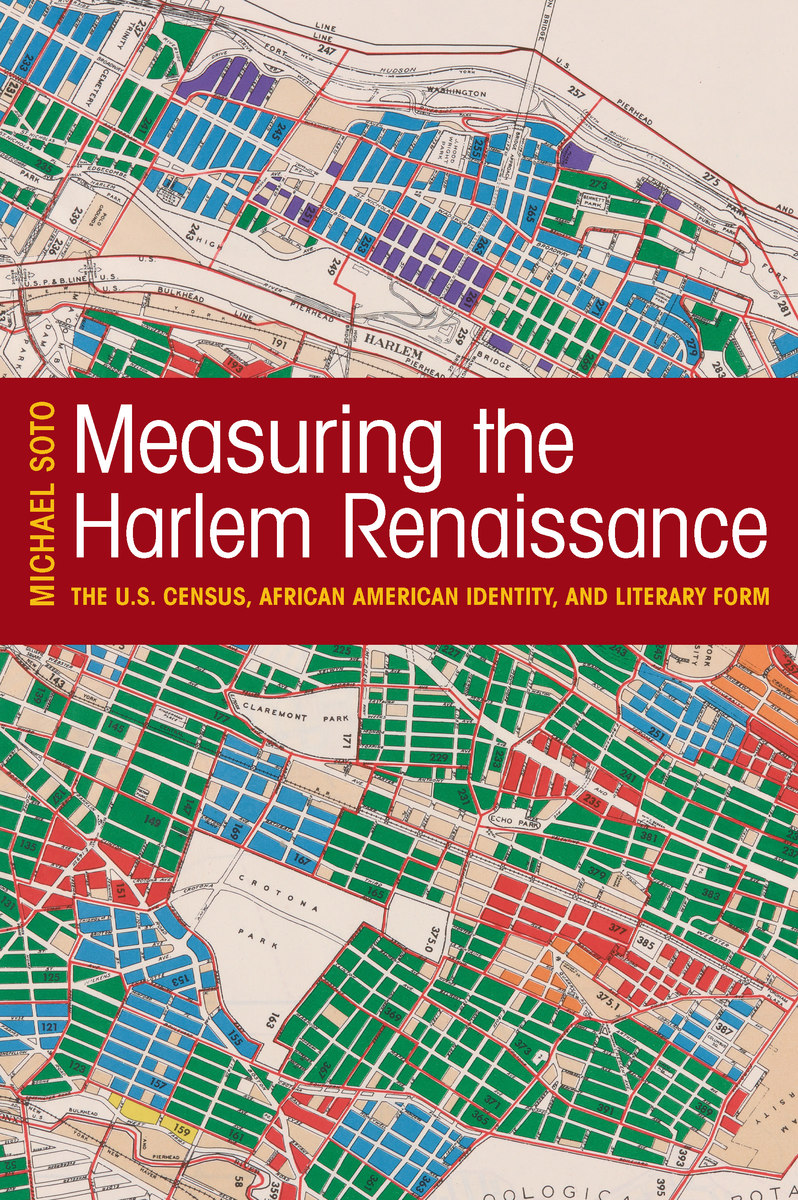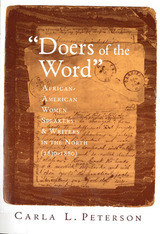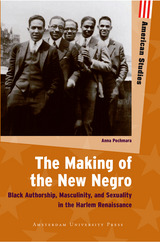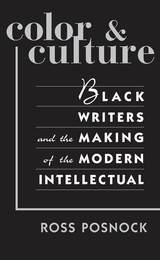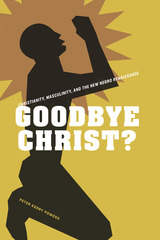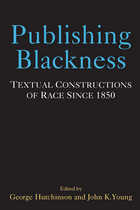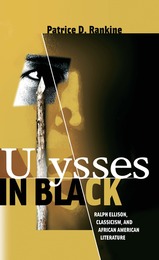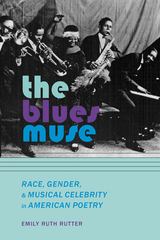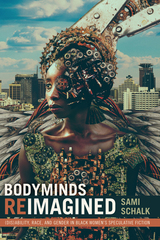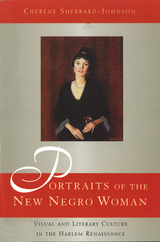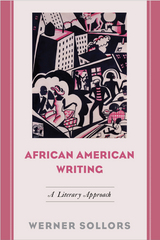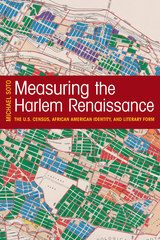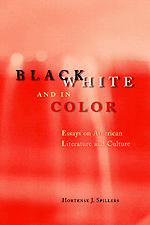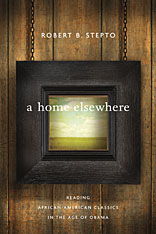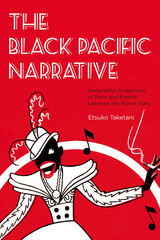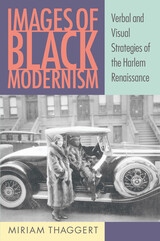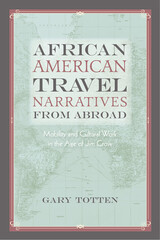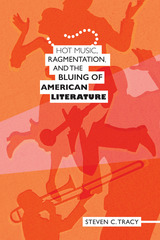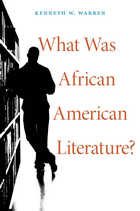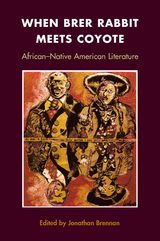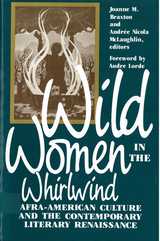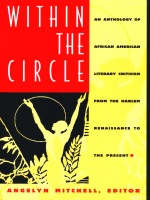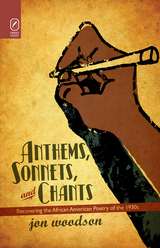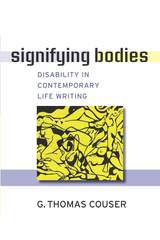Measuring the Harlem Renaissance: The U.S. Census, African American Identity, and Literary Form
University of Massachusetts Press, 2016
Cloth: 978-1-62534-249-2 | eISBN: 978-1-61376-486-2 | Paper: 978-1-62534-250-8
Library of Congress Classification PS153.N5S6465 2016
Dewey Decimal Classification 810.9896073
Cloth: 978-1-62534-249-2 | eISBN: 978-1-61376-486-2 | Paper: 978-1-62534-250-8
Library of Congress Classification PS153.N5S6465 2016
Dewey Decimal Classification 810.9896073
ABOUT THIS BOOK | AUTHOR BIOGRAPHY | REVIEWS | TOC
ABOUT THIS BOOK
In this provocative study, Michael Soto examines African American cultural forms through the lens of census history to tell the story of how U.S. officialdom—in particular the Census Bureau—placed persons of African descent within a shifting taxonomy of racial difference, and how African American writers and intellectuals described a far more complex situation of interracial social contact and intra-racial diversity. What we now call African American identity and the literature that gives it voice emerged out of social, cultural, and intellectual forces that fused in Harlem roughly one century ago.
Measuring the Harlem Renaissance sifts through a wide range of authors and ideas—from W. E. B. Du Bois, Rudolph Fisher, and Nella Larsen to Zora Neale Hurston, Langston Hughes, and Wallace Thurman, and from census history to the Great Migration—to provide a fresh take on late nineteenth—and twentieth—century literature and social thought. Soto reveals how Harlem came to be known as the "cultural capital of black America," and how these ideas left us with unforgettable fiction and poetry.
Measuring the Harlem Renaissance sifts through a wide range of authors and ideas—from W. E. B. Du Bois, Rudolph Fisher, and Nella Larsen to Zora Neale Hurston, Langston Hughes, and Wallace Thurman, and from census history to the Great Migration—to provide a fresh take on late nineteenth—and twentieth—century literature and social thought. Soto reveals how Harlem came to be known as the "cultural capital of black America," and how these ideas left us with unforgettable fiction and poetry.
See other books on: African Americans in literature | Harlem (New York, N.Y.) | Harlem Renaissance | Measuring | Modernism (Literature)
See other titles from University of Massachusetts Press
